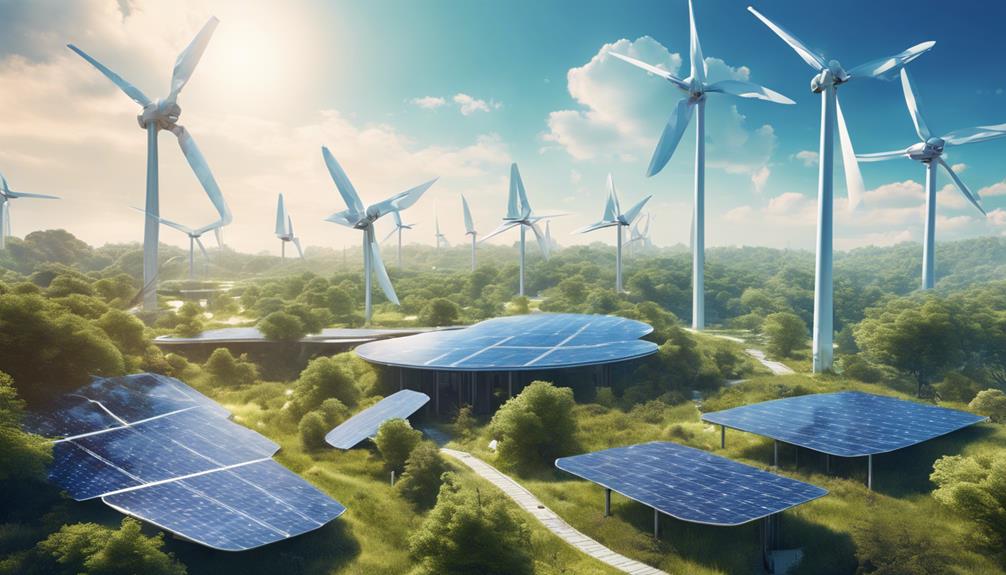
As the world shifts towards sustainable energy solutions, US home solar systems have become an increasingly popular choice for homeowners looking to save on energy costs and reduce their carbon footprint. This comprehensive guide will provide you with all the necessary information about US home solar, including its benefits, types of systems, installation processes, and financial considerations.
Understanding US Home Solar: What It Is and How It Works
US home solar refers to the use of solar energy systems installed on residential properties to generate electricity from sunlight. Solar panels, typically made from silicon photovoltaic (PV) cells, convert sunlight directly into electricity. The generated power can be used to run household appliances, charge electric vehicles, and even power entire homes. By utilizing home solar, homeowners can significantly reduce their reliance on traditional energy sources, leading to lower utility bills and a reduced environmental impact.
The Benefits of US Home Solar: Why Go Solar?
Investing in US home solar systems comes with a plethora of benefits. First and foremost, solar energy is renewable and abundant, making it an environmentally friendly option. Homeowners who switch to solar energy may take advantage of significant cost savings on electricity bills, especially as utility rates continue to rise. Furthermore, many states offer tax incentives, rebates, and financing options to ease the initial costs of installation. Additionally, installing a solar system can increase the value of your home, making it an attractive option for potential buyers.
Types of US Home Solar Systems: Which One Is Right for You?
When considering US home solar, it’s essential to understand the different types of systems available. The most common options include grid-tied systems, off-grid systems, and hybrid systems. Grid-tied systems are connected to the local utility grid, allowing homeowners to draw electricity when their solar panels aren’t producing enough power. Off-grid systems, on the other hand, are independent and rely solely on solar energy, often using battery storage for backup power. Hybrid systems combine both approaches, providing flexibility and reliability for homeowners. Your choice will depend on your energy needs, budget, and location.
Choosing the Right Solar Panels: What to Look For
Selecting the right solar panels is crucial for maximizing your investment in US home solar. Key factors to consider include efficiency, durability, warranty, and cost. The efficiency of solar panels determines how much sunlight they can convert into electricity, with higher efficiency panels producing more energy in less space. Look for panels with a good warranty (typically 25 years) to ensure long-term performance. Additionally, consider the manufacturer’s reputation and reviews to ensure you are investing in a quality product. Researching solar panel brands and comparing their specifications can help you make an informed choice.
The Installation Process: What to Expect
The installation of a US home solar system typically involves several key steps. First, a professional solar installer will conduct an assessment of your home to determine its solar potential. This assessment includes evaluating your roof’s orientation, shading, and structural integrity. Once you decide to move forward, the installer will design a custom solar system tailored to your energy needs. After obtaining necessary permits and approvals, the installation team will install the solar panels, inverter, and other components. Finally, the system will be connected to the grid and tested to ensure it’s functioning correctly.
Financing Your US Home Solar System: Options and Considerations
Financing is a critical aspect of transitioning to US home solar. Homeowners have several options, including purchasing the system outright, taking out a solar loan, or leasing solar panels. Buying a system provides the greatest long-term savings, as you will own the solar panels and benefit from any energy produced. Solar loans allow you to finance the purchase while still enjoying immediate savings on your utility bills. Leasing, while offering no upfront costs, typically results in lower savings over time. Additionally, many states offer incentives and financing programs to help make solar more accessible.
Maintenance and Longevity of US Home Solar Systems
One of the advantages of US home solar systems is their low maintenance requirements. Solar panels are designed to withstand various weather conditions and typically come with long warranties. Regular maintenance usually involves cleaning the panels to remove debris and ensuring that the inverter is functioning correctly. It’s also advisable to have your system inspected periodically by a professional to address any potential issues. With proper care, a solar system can last 25 years or more, providing homeowners with reliable energy for decades.
Conclusion: Embrace the Future with US Home Solar
In conclusion, US home solar is a smart investment for homeowners looking to reduce energy costs and contribute to a more sustainable future. With various systems available, financial options to suit different budgets, and minimal maintenance requirements, transitioning to solar energy has never been easier. By harnessing the power of the sun, you not only save money but also play a crucial role in protecting the environment. If you’re considering making the switch to US home solar, now is the perfect time to explore your options and join the growing community of solar-powered homeowners.
By implementing these insights and understanding the benefits of US home solar, you can make an informed decision that aligns with your energy goals and financial aspirations. Start your journey towards sustainability today!





